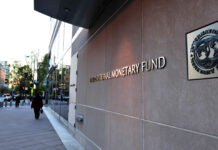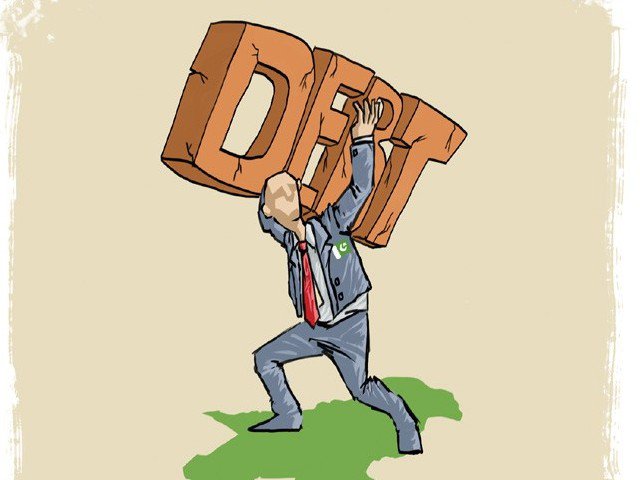Pakistan’s total external debt and liabilities have reached $133 billion, with 92% owed to three major sources: multilateral institutions, bilateral creditors, and international bonds, according to The News.
China tops the list of bilateral lenders, while over half (56%) of the debt comes from multilateral sources like the World Bank, ADB, and IMF.
Public external debt, as per the Fiscal Responsibility and Debt Limitation Act (FRDLA), stands at $88.578 billion as of September 2024, marking a $2.5 billion increase during FY24.
The debt composition reveals 84% of loans are from concessional sources, with only 14% from commercial lenders and 8% from international bonds.
Key disbursements in FY24 included $2 billion from Saudi Arabia and $1 billion from the UAE as central bank deposits, alongside $2.2 billion from the World Bank and $1.3 billion from the ADB.
Despite rising debt, Pakistan’s external exposure remains within the 40% limit set by the Medium-Term Debt Strategy (MTDS), though it remains vulnerable to exchange rate fluctuations.
The government has yet to present its January 2025 Debt Policy Statement to parliament, missing the September 2024 deadline for the debt bulletin report under World Bank conditions.























